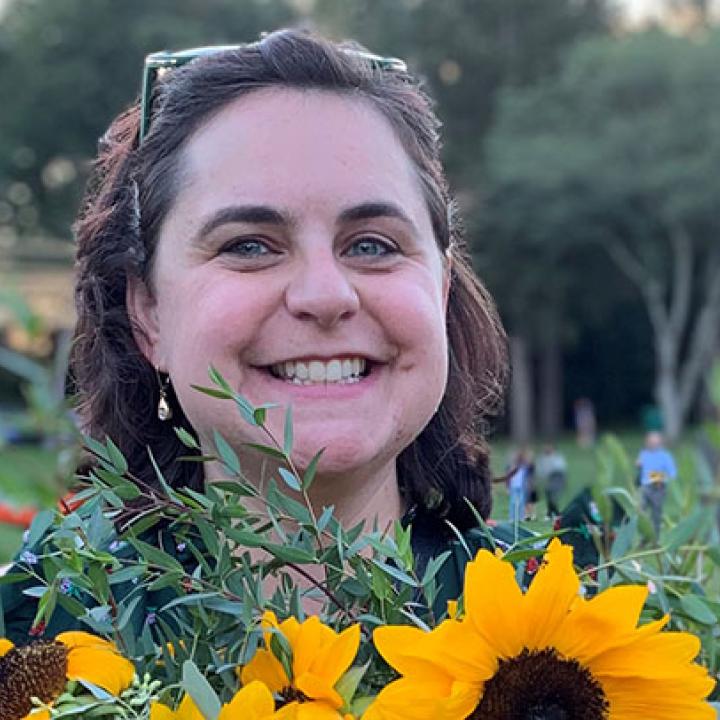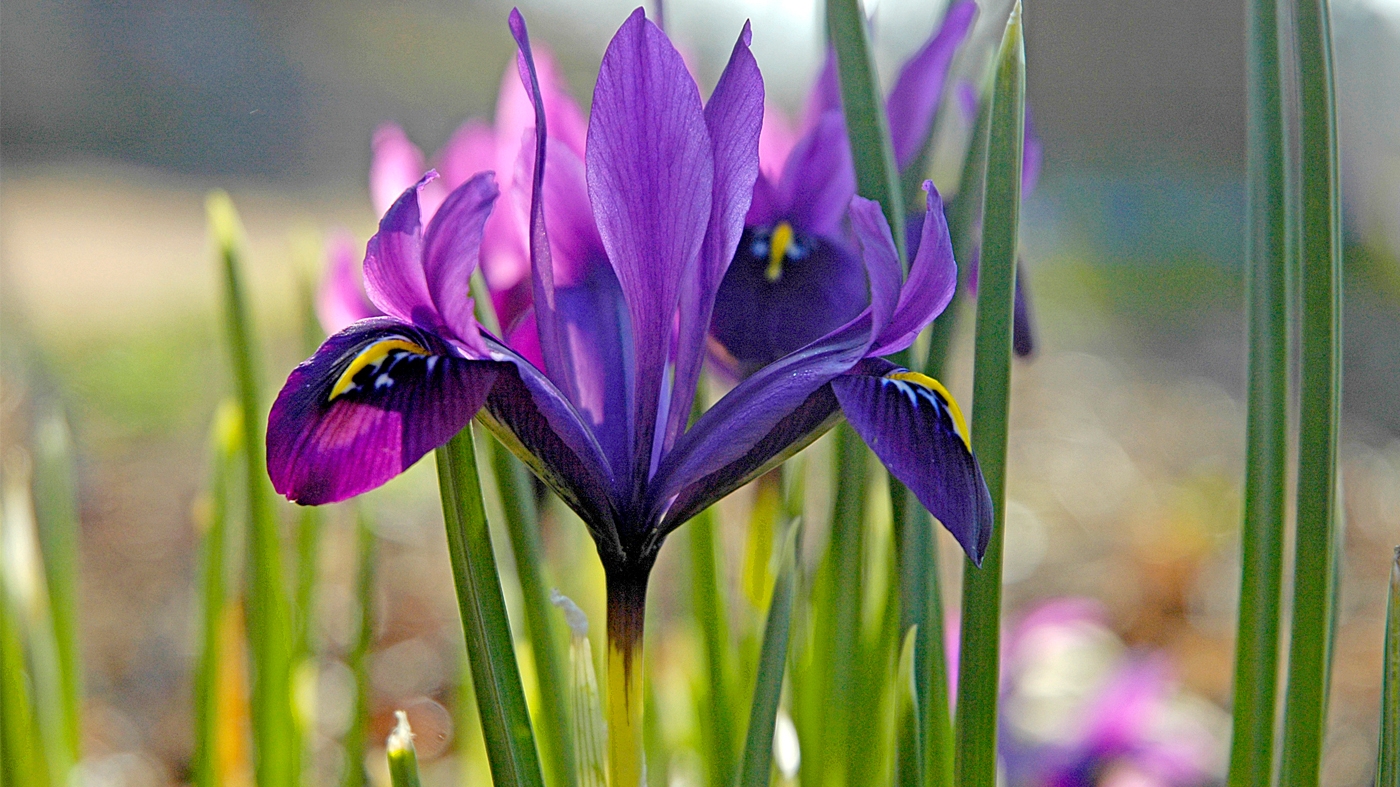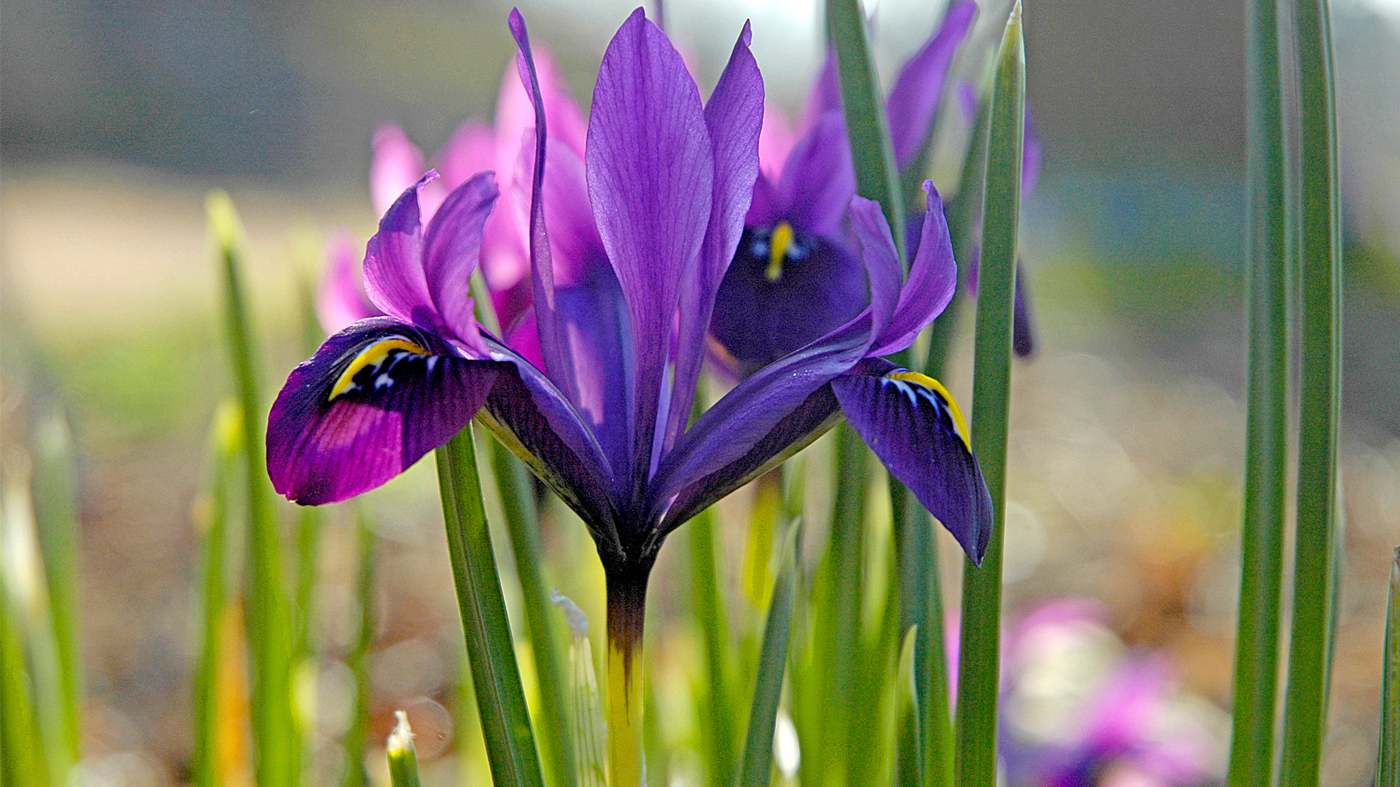
Northwestern University
Forestry and Natural Resources, Purdue University
- Ecological Society of America
- Society for Conservation Biology
- Society for Ecological Restoration
- Plant community ecology
- Restoration ecology
- Seed biology
- Prairie ecology
- Seed mix design
- Restoration decision making
I study biodiversity and restoration in the tallgrass prairie. My post-doctoral research is focused on seed mix design for restoration from both a social and ecological perspective. Using social science methods, I am studying the factors that drive seed mix design for prairie restoration managers. Using ecological data collected though observation and experimentation, I am determining how seed mixes become prairies, that is, which planted seeds and species are likely to germinate, emerge and establish in restored prairies.
Foxx, A, RS Barak, L Richardson, AJ Rodgers, T Lichtenberger, EW Williams. 2019. Evaluating prevalence and quality of codes of conduct in biology conferences. PNAS 116: 14931-14936.
Williams, EW, RS Barak, M Kramer*, AL Hipp, DJ Larkin. 2018. Invasion at local and landscape scales is affected by phylogenetic distance and soil properties in tallgrass prairie restoration. Basic and Applied Ecology 33:37-48
Hipp, AL, MC Glasenhardt, ML Bowles, M Garner, BC Scharenbroch, EW Williams, RS Barak, A Byrne, E Grigg, MG Midgley, H Wagreich, DJ Larkin. Effects of phylogenetic diversity and phylogenetic identity in a restoration ecology experiment. In: Scherson R., Faith D. (eds) Phylogenetic Diversity. Springer.
Barak, RS, TM Lichtenberger *, A Wellman‐Houde*, AT Kramer, DJ Larkin. 2018. Cracking the case: Seed traits and phylogeny predict time to germination in prairie restoration species. Ecology and Evolution.
Barak, RS, EW Williams, AL Hipp, ML Bowles, G Carr*, R Sherman*, DJ Larkin. 2017. Restored tallgrass prairies have reduced phylogenetic diversity compared to remnants. Journal of Applied Ecology 54:1080-1090.
Brudvig, LA, RS Barak, JT Bauer, TT Caughlin, DC Laughlin, L Larios, JW Matthews, KL Stuble, NE Turley, CR. Zirbel. 2017. Interpreting variation to advance predictive restoration science. Journal of Applied Ecology 1018-1027.
Barak, RS, AL Hipp, W Pearse, J Cavender-Bares, J Callaway, S Hotchkiss, DJ Larkin. 2016. Taking the long view: Integrating recorded, paleoecological, and evolutionary information into ecological restoration. International Journal of Plant Sciences. 177:90-102.
Riebkes, JL*, RS Barak, AT Kramer. Evaluating seed viability in prairie forbs: a test of three methods. 2015. Native Plants Journal 16: 96-106.
Hipp, AL, DJ Larkin, RS Barak, ML Bowles, MW Cadotte, SK Jacobi, E Lonsdorf, BC Sharenbroch, E Williams, E Weiher. 2015. Phylogeny in the service of ecological restoration. American Journal of Botany 102: 647-648.
Barak, RS, KA Skogen, AT Kramer, JB Fant. 2015. Assessing the value of potential “native winners” for restoration of cheatgrass-invaded habitat. Western North American Naturalist 75:55-69.

